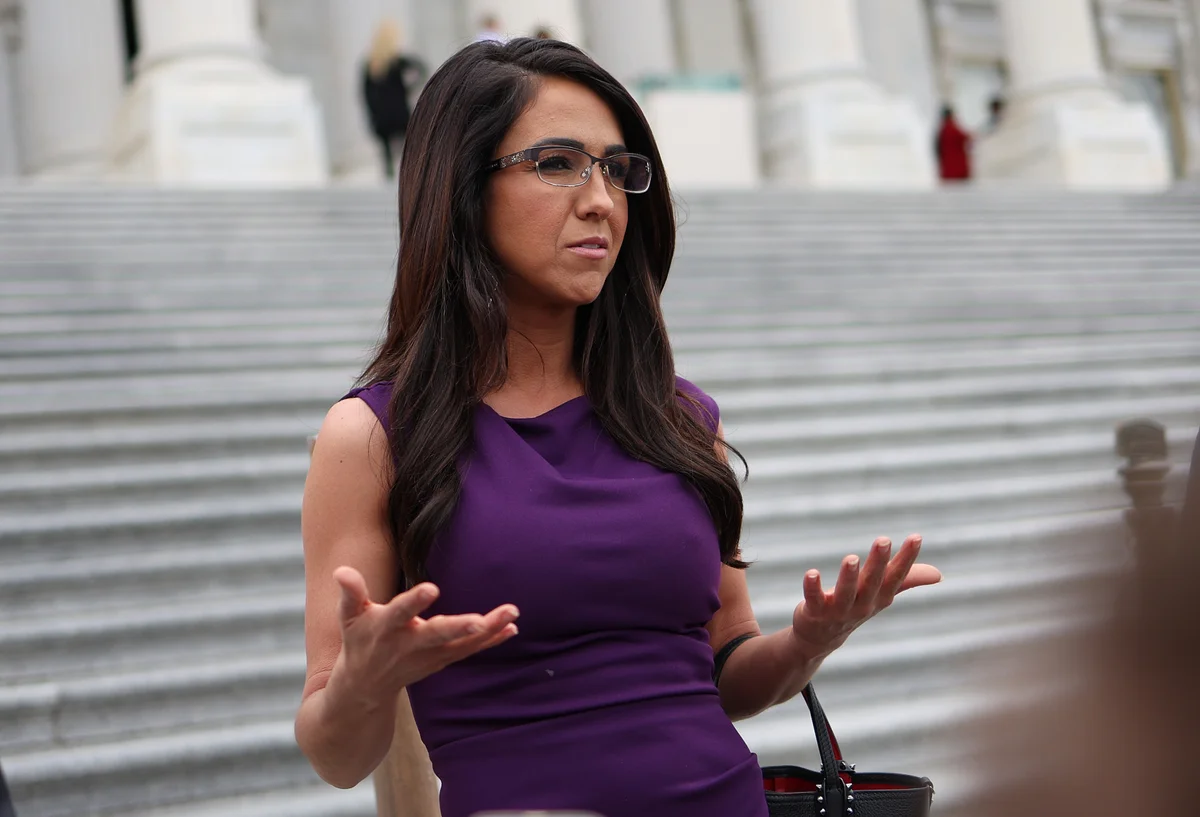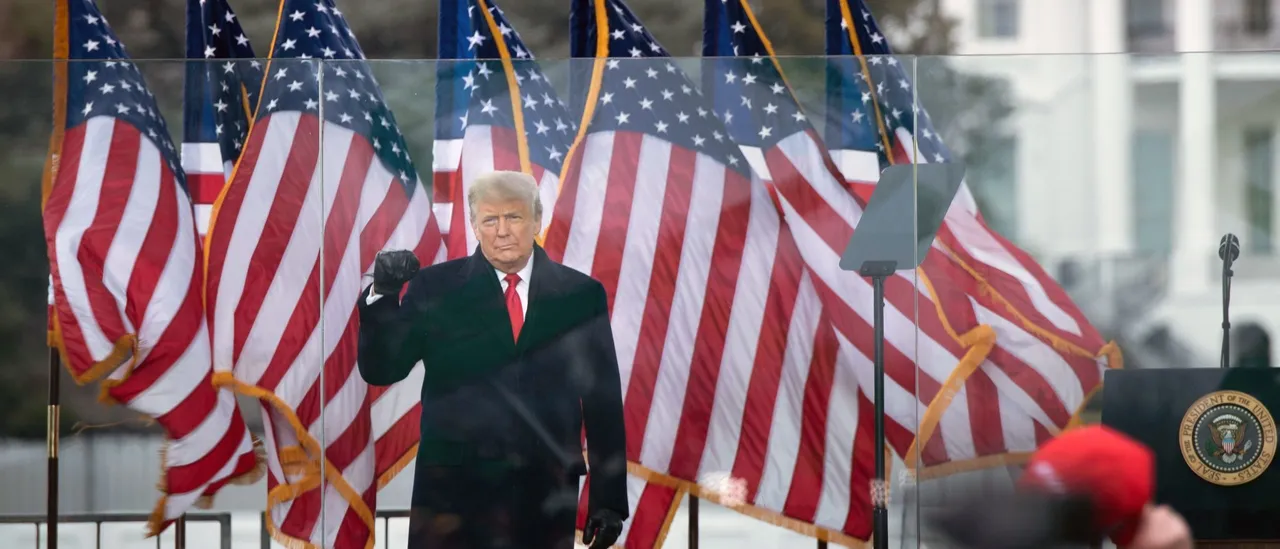Copyright tribuneindia

In the early 20th century, when princely marriages were matters of statecraft and compliance was expected of royal women, Indira Devi of Baroda rewrote the rules. Born in 1892 to Maharaja Sayajirao Gaekwad III and Maharani Chimnabai, she grew up in a progressive palace environment that encouraged education and individuality – qualities that would define her life’s most famous decision.According to reports by Tatler, Indira was engaged at 18 to Madho Rao Scindia, the ruler of Gwalior – a match considered politically impeccable. But everything changed in December 1911, when she met Jitendra Narayan of Cooch Behar at the Delhi Durbar. The meeting sparked a romance that would challenge convention across India’s princely circles.In a move almost unheard of for a royal woman of the time, Indira personally wrote to the Maharaja of Gwalior calling off the engagement. The decision caused public shock and diplomatic discomfort, but Indira stood firm.Her parents sent her to Europe to ‘cool off,’ but instead, she married Jitendra in London in August 1913, in a quiet civil ceremony without family presence.Days later, fate shifted once again. Jitendra’s elder brother died, making him the Maharaja of Cooch Behar and Indira his Maharani.The couple had five children, including Gayatri Devi, who later became the Maharani of Jaipur.But tragedy soon followed. Jitendra died in 1922, leaving Indira a young widow and mother, and the unexpected regent of a princely state. From 1922 to 1936, she governed on behalf of her minor son Jagaddipendra.Her regency marked a period of reform and modernisation. She streamlined state finances, reduced extravagant court spending, strengthened administration, and advanced education. She also resisted excessive British political interference, maintaining autonomy with steady resolve.Beyond politics, Indira shaped culture too. Her grace, global outlook, and fashion, particularly her love of the chiffon saree, influenced royal style across India.



